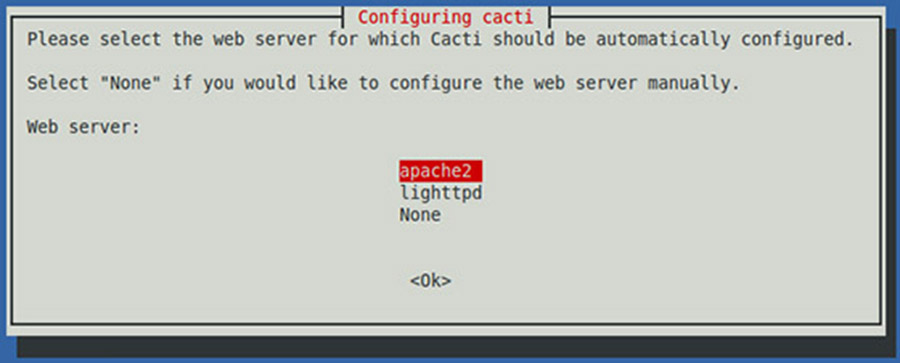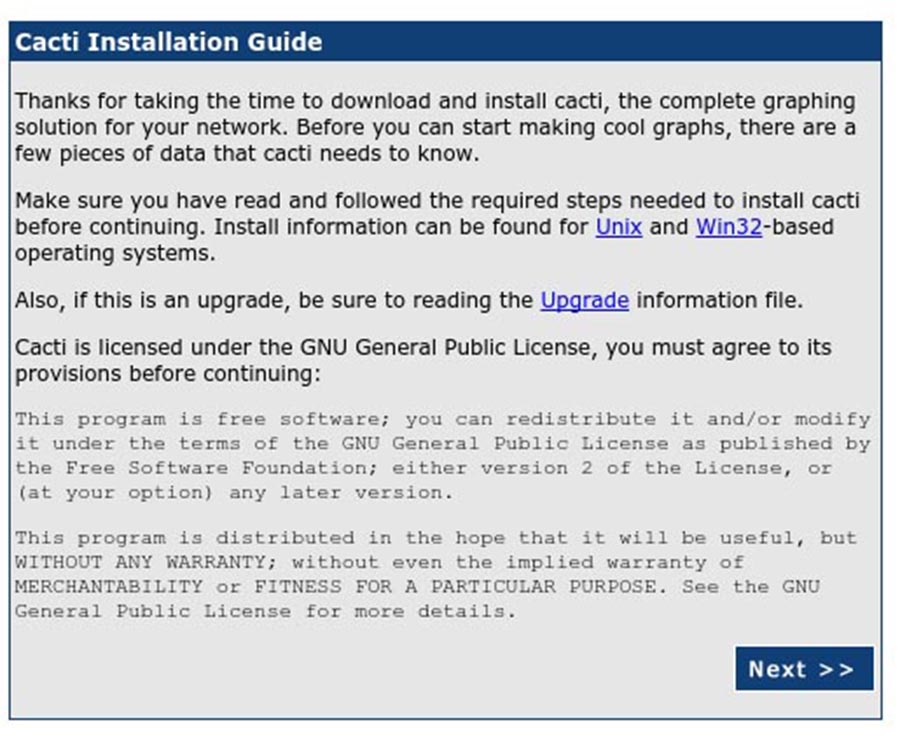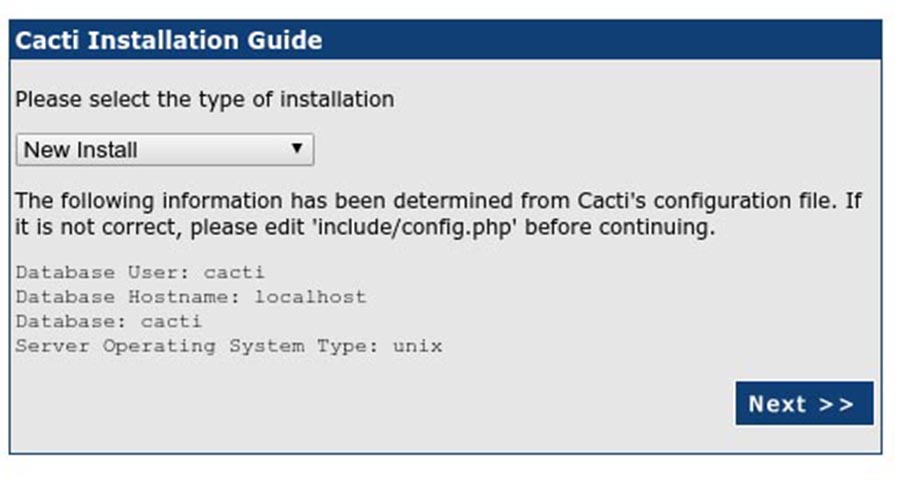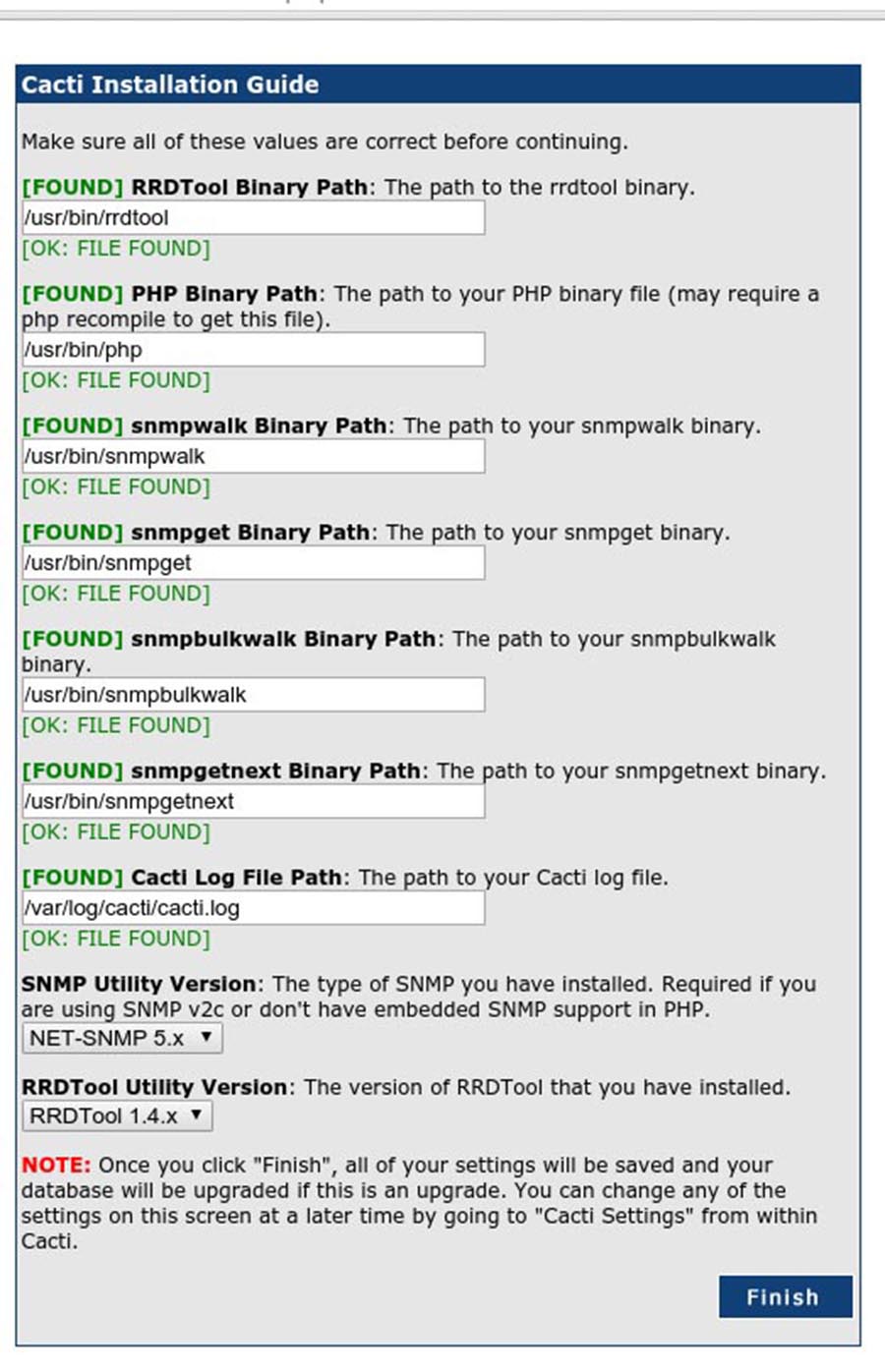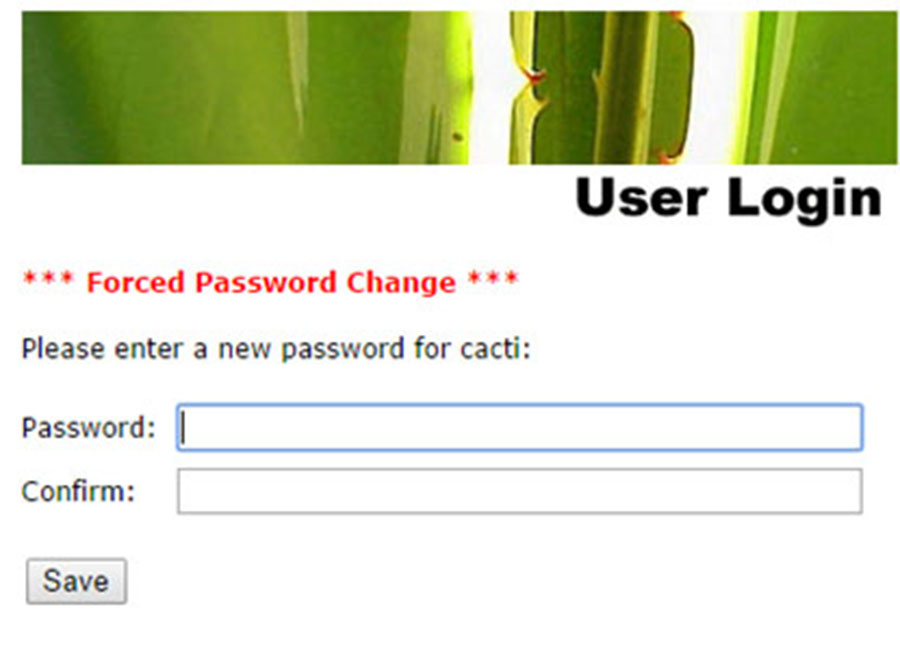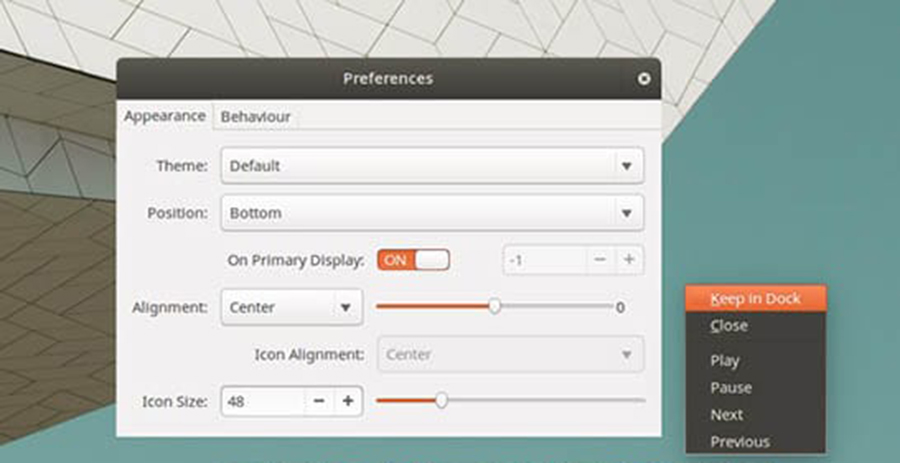Moodle is an Open Source Course Management System (CMS), also known as a Learning Management System (LMS) or a Virtual Learning Environment (VLE). It has become very popular among educators around the world as a tool for creating online dynamic web sites for their students. Moodle brings features include assignment submission, online quizzes, wiki, grading, instant messages, discussion boards, and others. But since it’s a modular software, it can be extended via plugins to add extra functionality.
This article assumes you have at least basic knowledge of linux, know how to use the shell, and most importantly, you host your site on your own VPS. The installation is quite simple and assumes you are running in the root account, if not you may need to add ‘sudo’ to the commands to get root privileges. We will show you through the step by step installation Moodle on a Ubuntu 16.04 (Xenial Xerus) server.
Install Moodle on Ubuntu 16.04 LTS
Step 1. First make sure that all your system packages are up-to-date by running these following apt-get commands in the terminal.
sudo apt-get update
sudo apt-get upgrade
sudo apt-get install git-core
Step 2. Install LAMP (Linux, Apache, MariaDB, PHP) server.
A Ubuntu 16.04 LAMP server is required. If you do not have LAMP installed, you can follow our guide here. Also install all required PHP modules:
apt-get install imagemagick php7.0-curl php7.0-gd php7.0-mbstring php7.0-mysql libapache2-mod-php7.0 php7.0-mcrypt php7.0-bz2 php7.0-zip php7.0-json
Step 3. Installing Moodle.
First thing to do is to go to Moodle’s download page and download the latest stable version of Moodle, At the moment of writing this article it is version 3.2. You can also get the latest package of Moodle using Git. To do so we will be using the below command in ‘/opt’ directory:
cd /opt/
git clone git://git.moodle.org/moodle.git
Change to the newly created Moodle repository that will appear after the cloning process in the main directory /opt:
cd moodle
The different versions of Moodle are stored in branches within this Git repository. This means that multiple versions of the Moodle code exist, with each version being known as a Git “branch.” To retrieve a list of all branches that are available on the remote code source, use:
git branch -a
After fetching the branch list, setup your local repository to track the specific branch you want on the remote repository, in this case MOODLE_32_STABLE:
git branch --track MOODLE_32_STABLE origin/MOODLE_32_STABLE
Finally, Check out the Moodle version specified:
git checkout MOODLE_32_STABLE
Now we will have to place the contents into the document root directory of Apache web server and then give it the right permissions by using the below commands:
cp -R /opt/moodle /var/www/html/
mkdir /var/moodledata
chown -R www-data /var/moodledata
chmod -R 777 /var/moodledata
chmod -R 0755 /var/www/html/moodle
Step 4. Configuring MySQL for Moodle.
By default, MySQL is not hardened. You can secure MySQL using the mysql_secure_installation script. you should read and below each steps carefully which will set root password, remove anonymous users, disallow remote root login, and remove the test database and access to secure MySQL:
mysql_secure_installation
Configure it like this:
- Set root password? [Y/n] y
- Remove anonymous users? [Y/n] y
- Disallow root login remotely? [Y/n] y
- Remove test database and access to it? [Y/n] y
- Reload privilege tables now? [Y/n] y
Next we will need to log in to the MySQL console and create a database for the Moodle. Run the following command:
mysql -u root -p
This will prompt you for a password, so enter your MySQL root password and hit Enter. Once you are logged in to your database server you need to create a database for Moodle installation:
CREATE DATABASE moodle DEFAULT CHARACTER SET utf8 COLLATE utf8_unicode_ci;
GRANT SELECT,INSERT,UPDATE,DELETE,CREATE,CREATE TEMPORARY TABLES,DROP,INDEX,ALTER ON moodle.* TO moodle_user@localhost IDENTIFIED BY 'YoUrPaSsWoRd';
FLUSH PRIVILEGES;
q
In MySQL server setup first we will configure the default storage engine to innodb by opening the ‘my.cnf’ file:
nano /etc/mysql/my.cnf
With the file open, locate the [mysqld] section and find “Basic Settings.” Under the last statement, add the following lines before saving and closing the file:
default_storage_engine = innodb
innodb_file_per_table = 1
innodb_file_format = Barracuda
Now, we can restart MySQL web server so that the changes take place:
systemctl restart mysql.service
Step 5. Configuring Apache web server for Moodle.
Create a new virtual host directive in Apache. For example, create a new Apache configuration file named ‘moodle.conf’ on your virtual server:
sudo a2enmod rewrite
rm /etc/apache2/sites-enabled/000-default.conf
touch /etc/apache2/sites-available/moodle.conf
ln -s /etc/apache2/sites-available/moodle.conf /etc/apache2/sites-enabled/moodle.conf
nano /etc/apache2/sites-available/moodle.conf
Add the following lines:
ServerAdmin [email protected]
DocumentRoot /var/www/html/moodle
ServerName yourdomain.com
ServerAlias www.yourdomain.com
Options Indexes FollowSymLinks MultiViews
AllowOverride All
Order allow,deny
allow from all
ErrorLog /var/log/httpd/yourdomain.com-error_log
CustomLog /var/log/httpd/yourdomain.com-access_log common
Now, we can restart Apache web server so that the changes take place:
systemctl restart apache2.service
Step 6. Accessing Moodle.
Moodle will be available on HTTP port 80 by default. Open your favorite browser and navigate to http://yourdomain.com or http://server-ip.
Step 1: Select language
Step 2: Enter the “Data directory (moodledata) path, in our case it is /var/moodledata
Step 3: Choose database driver, MySQL.
Step 4: Enter the Database settings.
Once Moodle is completely installed on your Ubuntu 16.04, you will need to set up a cron job. Here is a typical cron entry:
* * * * * /usr/bin/php /var/www/html/moodle/admin/cli/cron.php >/dev/null
Congratulation’s! You have successfully installed Moodle. Thanks for using this tutorial for installing Moodle on Ubuntu 16.04 LTS (Xenial Xerus) system. For additional help or useful information, we recommend you to check the official Moodle web site.
You Might Also Like: How To Install LAMP Stack on Ubuntu




